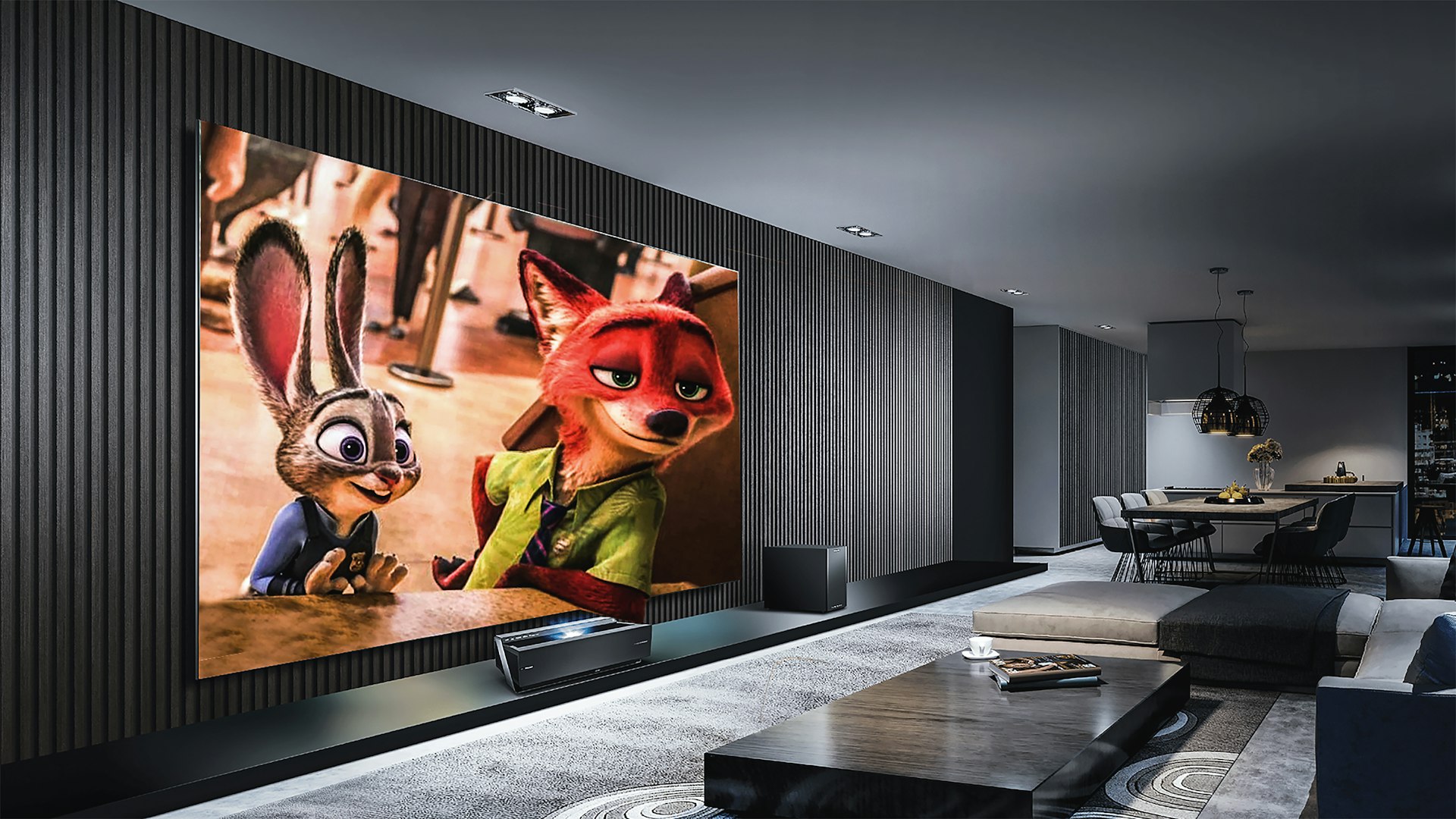Reimagining Cinema: How Experimental Filmmaking and Virtual Sets Are Shaping the Next Generation of Storytelling

Photo by Abraham Mast on Unsplash
The Transformation of Experimental Cinema
Experimental cinema has always stood at the frontier of artistic innovation, challenging the conventions of traditional filmmaking through bold narrative structures, unconventional visuals, and collaborative approaches. As we look toward the future, this creative branch of cinema is experiencing a renaissance fueled by rapid technological advancement and shifting audience preferences. The rise of independent film collectives and the democratization of filmmaking tools have made it easier than ever for creators to experiment, share resources, and bring unique visions to life [1] .
Today’s experimental filmmakers are leveraging affordable digital cameras, advanced editing software, and collaborative production environments to push the boundaries of cinematic art. These developments foster a culture of innovation, allowing artists to tackle complex social, political, and philosophical themes with unprecedented freedom. The willingness to blur genres and incorporate performance art, installation art, and digital media is also leading to groundbreaking, genre-defying projects that redefine what constitutes a film [1] .

Photo by Adrien Olichon on Unsplash
Virtual Sets: Revolutionizing the Filmmaking Process
The advent of virtual sets has been a game changer for both mainstream and experimental filmmakers. Virtual production combines real-time rendering technology with large LED volumes, enabling directors to see and manipulate digital environments live on set. This innovation streamlines production, reduces reliance on post-production visual effects, and unlocks creative possibilities that were previously out of reach [3] .
Virtual sets have democratized access to high-quality production values. Independent filmmakers can now create intricate, immersive worlds without the budgets of major studios. The technology allows for seamless integration of live-action footage and computer-generated imagery, enhancing realism and enabling more ambitious storytelling. For example, filmmakers working in science fiction or fantasy can construct entire galaxies or futuristic cities without ever leaving the studio. As a result, narrative experimentation is no longer limited by logistical or financial constraints [3] .
Immersive and Interactive Storytelling
One of the most exciting developments in experimental cinema is the integration of immersive technologies, such as virtual reality (VR), augmented reality (AR), and extended reality (XR). These tools transport viewers directly into the story, offering a sense of presence and agency that traditional cinema cannot match. Filmmakers are exploring non-linear narratives, interactive experiences, and multi-perspective storytelling that invite audiences to shape the outcome of the film [1] , [2] .
For instance, interactive cinema platforms allow viewers to choose between branching storylines or influence character decisions in real time. This level of engagement blurs the line between observer and participant, creating a more intimate connection with the narrative. The use of AR overlays and VR headsets can further enhance immersion, making experimental film a truly multisensory experience. As these technologies become more accessible, expect a surge in projects that redefine how stories are told and experienced [3] .
The Role of Artificial Intelligence in Creative Filmmaking
Artificial Intelligence (AI) is rapidly becoming a pivotal tool in the filmmaking process. AI-driven applications are being used for script analysis, pre-visualization, automated editing, and even audience analytics. These tools can help filmmakers craft more engaging stories, optimize workflows, and predict audience preferences before a film is even made [3] .
Some festivals and production companies are experimenting with AI-generated content, though its adoption remains cautious and exploratory. While AI can streamline repetitive or technical tasks, creative decision-making still relies heavily on human ingenuity. However, as these systems evolve, they may enable filmmakers to experiment with new narrative forms, generate unique visual effects, and personalize the viewing experience for diverse audiences [2] .
Accessibility and Opportunity in the Digital Era
The digital transformation of the film industry has lowered barriers to entry, empowering a new generation of creators. Affordable high-definition cameras, user-friendly editing software, and cloud-based collaboration tools have leveled the playing field between independent filmmakers and major studios [3] . Online distribution platforms and streaming services provide direct access to global audiences, allowing experimental works to reach niche viewers who appreciate non-traditional storytelling [1] .
For artists seeking to showcase their work, online film festivals and curated streaming services are excellent entry points. Many festivals now offer virtual submission processes, and some platforms even allow filmmakers to retain control over their distribution and monetization strategies. By leveraging social media, crowdfunding, and community engagement, creators can cultivate dedicated fanbases and secure funding for future projects [2] .
Sustainability and Responsibility in Production
As the industry evolves, there is a growing emphasis on environmentally conscious filmmaking. Sustainable practices-such as using renewable energy on set, sourcing eco-friendly materials, and minimizing waste-are becoming industry standards. The integration of virtual sets and digital workflows also contributes to sustainability by reducing the need for transport and physical construction [3] .
Filmmakers interested in adopting green production practices can research guidelines from established organizations or consult with sustainability experts. Many studios and festivals now provide resources to help productions minimize their environmental impact while maintaining high creative standards.
Accessing Opportunities and Next Steps
For those looking to participate in the future of experimental cinema and virtual set production, here are actionable steps to get started:
- Learn the Tools: Familiarize yourself with digital cameras, virtual production platforms, and editing software. Online tutorials, open-source resources, and community workshops are widely available. Search for software like Unreal Engine, Blender, or DaVinci Resolve for virtual set design and real-time rendering.
- Join a Collective: Collaborate with other filmmakers through local film associations or online communities. Collective models foster resource sharing and cross-disciplinary experimentation [1] .
- Submit Your Work: Consider submitting films to online festivals or platforms that focus on experimental and immersive works. Look for major festivals like Sundance or Berlinale, which have sections dedicated to innovative cinema. Visit their official websites for submission guidelines.
- Engage Audiences: Use social media and digital marketing to reach niche audiences. Platforms such as Vimeo, YouTube, and specialized streaming services can help you build a following and distribute your work globally.
- Stay Informed: Monitor trends in AI, XR, and virtual production by subscribing to industry news sources and participating in workshops or webinars.
If you need specific guidance on learning new filmmaking technologies, you can search for local or online film schools, attend virtual industry conferences, or join professional organizations such as the International Documentary Association or the Producers Guild of America. These groups often provide resources, training, and networking opportunities for emerging filmmakers.
Challenges and Alternative Approaches
While the integration of virtual sets and advanced technology offers many benefits, it also presents challenges. Filmmakers must balance creative ambition with technical expertise, often requiring ongoing learning and adaptation. Budget constraints, steep learning curves, and rapid technological obsolescence may pose hurdles-especially for those operating outside major studio systems. To overcome these obstacles, consider collaborating with specialists, participating in knowledge-sharing forums, or pursuing modular, scalable production models that allow for gradual adoption of new tools.
Alternative approaches include hybrid productions that mix virtual and physical sets, using low-cost practical effects, or focusing on narrative experimentation that does not require extensive digital resources. The key is to remain adaptable, prioritize storytelling, and leverage available resources creatively.



